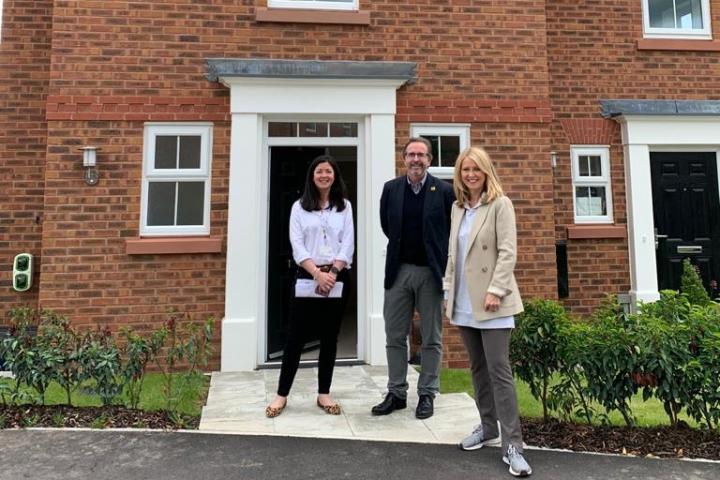
Cheshire housing association, Weaver Vale Housing Trust (WVHT) welcomed Tatton MP Esther McVey last week to tour its new affordable homes development at Stanneylands in Wilmslow.
WVHT is acquiring 52 homes as part of the wider David Wilson Homes Stanneylands development, which will see 174 new homes built in total by 2024.
Fifteen of the 52 homes have been completed so far, with the remaining homes set to complete by 2023. Thirty-four of the homes, a mix of one, two and three-bedroom family homes will be available for affordable rent, with 18 being sold through shared ownership.
The Trust has seen high demand for the affordable homes delivered to date, which were secured through Section 106.
Esther McVey MP met Wayne Gales and Jo Fallon from Weaver Vale Housing Trust to view the completed homes and discuss the housing association's role in addressing the need for local affordable homes to enable local people that are currently priced out of the local market to get onto the housing ladder.
Wayne Gales, Chief Executive at Weaver Vale Housing Trust, said "We were delighted to welcome MP Esther McVey to view the progress being made in delivering these vital new affordable homes for Wilmslow. This scheme is making a real difference in enabling local people to get a foot on the housing ladder in an area where high house prices have meant home ownership has been out of reach for many.
"We are committed to playing our part in building back fairer as we continue to tackle the long-term impact of the pandemic on local communities. Providing high quality homes that local residents can afford has a key part to play and the high demand for these homes really demonstrates the need for genuinely affordable homes locally."
Tatton MP Esther McVey, said: "It was great to see the work being done by Weaver Vale Housing Trust to develop high quality affordable homes. Schemes like Stanneylands are particularly vital in areas where house prices are high like in Wilmslow not just because they offer alternative routes for people to get onto the housing ladder, but because they enable local people at risk of being priced out of the market to continue to live in their local area."
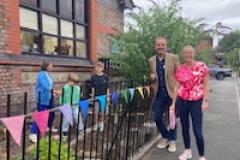

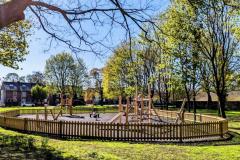

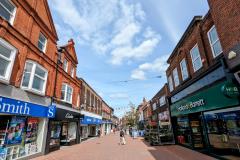

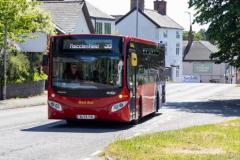

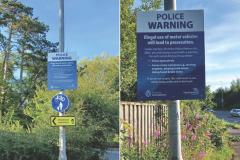
Comments
Here's what readers have had to say so far. Why not add your thoughts below.
However, Green-Belt and economic issues aside, at least David Wilson have
'pepper-potted ' the houses throughout the development.
This most certainly has NOT happened on other Green-Belt estates elsewhere in Wilmslow...
http://www.gov.uk defines affordable housing as:
Affordable housing includes social rented, affordable rented, and intermediate housing, provided to specified eligible households whose needs are not met by the market. It can be a new-build property or a private sector property that has been purchased for use as an affordable home.
Weaver Vale Housing Trust describes itself as: “a Large Scale Voluntary Transfer (LSVT) housing association, formed in July 2002, operating in Cheshire and Warrington. “
https://www.wvht.co.uk/about-us
Wikipedia defines an “LSVT” as: “A Large Scale Voluntary Transfer (LSVT) is a term used in the United Kingdom to refer to the transfer of council housing to a housing association.
A requirement of the planning application was to provide 30% of the development as affordable housing pepper potted around the site.
The developer (in this case David Wilson Homes) can choose which housing association they want to work with to manage the affordable housing.
The bedroom tax has got nothing to do with affordable housing. It relates to people who claim universal credit.
You do not have to be on any benefit to apply to live rent or enter into a shared ownership scheme with a housing association.
That may be true but there would be little chance of a single man, who has a job and living with their parents, getting social housing. They would be deemed very low priority due to not being homeless and not being classed as vulnerable. An unemployed single mum who is being evicted would jump straight to the front of the queue, possibly even taking a house/flat that someone else was expected to be allocated.
We have identified 8 disused, brown field, council owned sites across the borough that are suitable for redeveloped. These are typically derelict care homes, schools and car parks, which have been closed for years. Redeveloping them will provide a high number of genuinely affordable homes for rent, along with shared ownership plus some commercially sold properties too.
The concept is to do what a commercial developer does but massively dial up the social housing element. So instead of building 30% social housing with 70% commercially sold, we will reverse those figures. The 30% of commercially sold houses will heavily subsidise the building costs, plus the mixture of ownership means we get people living there with a very real interest in their property and their street. This means we don't recreate the 1970's sink estates that blighted towns and cities in the past.
The sites cannot be named yet as there are legal and commercial reasons that delay their announcement until later in the year. While none of the initial sites are in Wilmslow, two of them are in neighbouring towns though.
However, this policy shift (that was unanimously approved by councillors from all political parties) gives us a real mechanism to build far more genuinely affordable, high-quality homes in Wilmslow. With Wilmslow town centre regeneration plans now well underway, we are also looking at where a similar scheme could be introduced locally, once the 8 initial sites have been built.
Cllr Mark Goldsmith
Residents of Wilmslow
Cheshire East & Wilmslow Town Council
The words 'genuinely affordable' and 'brown-field' are all very reassuring.
We hope that now the planning committee is led by Independents, we won't get the 'affordables' hidden and huddled together out of sight with front gardens that look like the nearest NCP car-park !
With an exemplary track record, I'm sure Residents of Wilmslow (RoW) councillors won't let the town down.
This sounds like an excellent and well thought through solution to an enduring problem. It has been galling to see the huge number of new properties built in the spurious name of "Affordable Housing" when they have been nothing of the sort for those on low incomes where the need is greatest.
One question nags. If the new scheme was unanimously agreed by councillors of all political parties, what prevented it from happening years ago?
Surely there must have been funds available from section 106 for years and unused land available suitable for development. The number of people on the Council's waiting list for affordable rental properties doesn't tell the full picture. There's no list of people in private rental, sharing or living with friends or families still who would like to buy or rent affordable properties but have been priced out of the market.
A lack of affordable housing is not a new problem.
This is an excellent first step; let's hope there are many more.